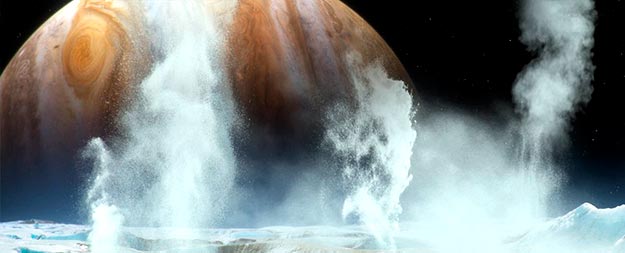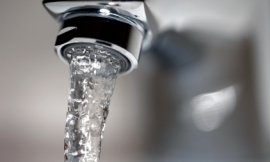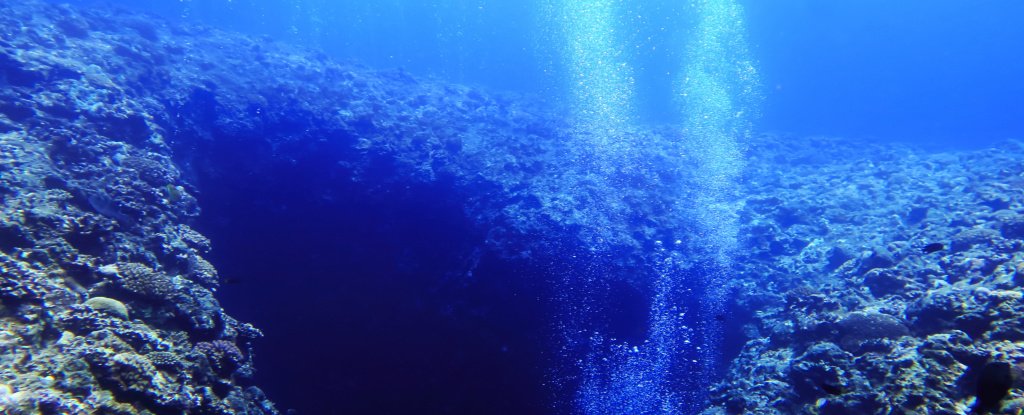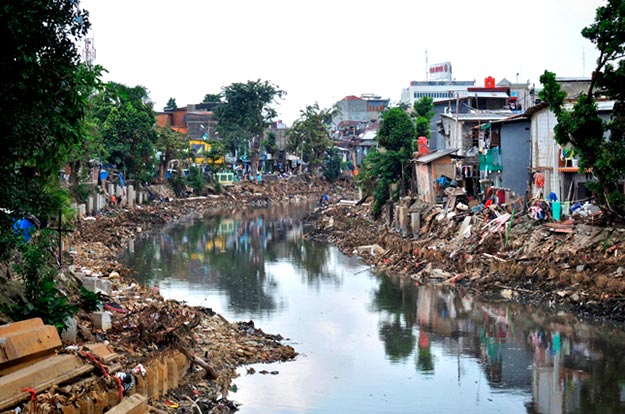A team led by researchers out of NASA’s Goddard Space Flight Center in Greenbelt, Maryland, has confirmed traces of water vapor above the surface of Jupiter’s icy moon Europa.
And that’s a big deal as the tiny space rock is one of the highest priority targets in NASA’s search for extraterrestrial life, according to the agency.
“While scientists have not yet detected liquid water directly, we’ve found the next best thing: water in vapor form,” lead researcher and NASA planetary scientist Lucas Paganini said in a NASA statement. Read more






